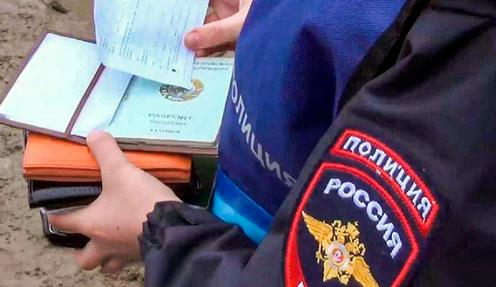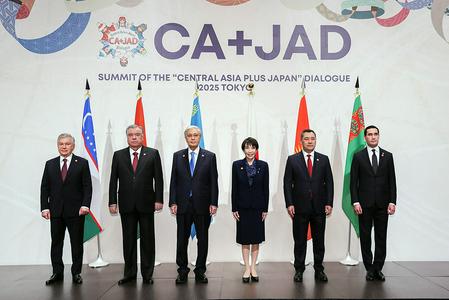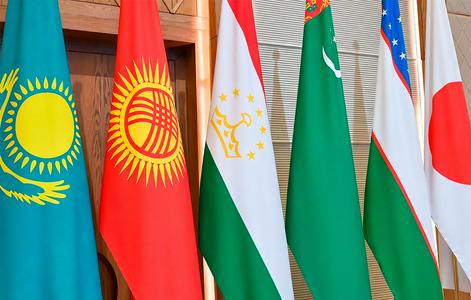As of September 1, 2024, approximately 3.985 million citizens from Central Asian countries are residing in Russia, according to infographics published by the Russian Ministry of Internal Affairs in Kommersant.
Uzbekistan leads with over 1.792 million people, followed by Tajikistan (1.231 million), Kazakhstan (606,900), Kyrgyzstan (262,800), and Turkmenistan (92,000).
Alexander Gorovoy, First Deputy Minister of Internal Affairs, stated in an interview with Kommersant that a total of 6.174 million foreign citizens are currently in Russia. The top ten countries of origin account for 5.5 million people.
In 2023, according to Russian Ombudsman Tatiana Moskalkova, 9,973,338 citizens from CIS countries entered Russia, with 8,507,906 registering for migration.
Illegal Migrants and Crime Statistics
Gorovoy noted that about 739,000 people, or 9% of foreign residents, are in the country illegally, primarily from Uzbekistan, Tajikistan, Kyrgyzstan, Armenia, and Azerbaijan. This is a significant decrease from over 30% in previous years.
From January to August 2024, foreign citizens committed 26,422 out of 625,767 solved crimes, accounting for 4.2% of perpetrators. The overall number of crimes committed by foreigners decreased by 5% compared to the same period in 2023.
Migration Trends and Policy
Since the beginning of 2024, nearly 7.5 million foreign citizens have entered Russia, while 6.8 million have left. Gorovoy described this as a return to pre-pandemic levels of international migration.
The Ministry of Internal Affairs has intensified efforts to restrict entry for foreign citizens who violate Russian law. In the first half of 2024, about 100,000 decisions were made to remove foreign citizens from Russia, a 50% increase from the previous year.
Gorovoy emphasized that the Ministry does not support proposals to cancel visa-free regimes with post-Soviet countries, citing economic, demographic, and diplomatic considerations. He noted that Russia currently has historically low unemployment rates, with most economic sectors experiencing a labor shortage.










